A closer look…
at the Summaron 35mm 2.8
…on film
What makes a lens a classic lens?
Let's go classic with some Tri-X film and find out! This series tests a lens by hunting for motives in the wild yet tries to stay somewhat objective by always comparing to a modern reference lens. It's a compromise between the realistic use of the lens and a lab-like test environment.
Let's mount the Summaron and hit the streets...





The Context
1958 marks the first time Leica users had several 35mm lenses to choose from. In the very same year the Summaron 35mm 2.8 and its sibling Summicron 35mm 2.0 hit the market. Previously, the 35mm Summaron 3.5 — a screw-mount era design — was the only available option available (replacing the 1930 Elmar 35mm 3.5).Two years later, the first Summilux 35mm completed the palette from f1.4 to f2.8 that stayed around until 1974 when the Summaron was discontinued. It would take another 33 years for the lineup to get a new slower-than-f2.0 option in 2007, the recently discontinued Summarit 35mm 2.5.
At its time, the Summaron was offered as a more affordable wide (!) angle option compared to the Summicron v1/v2 and the Summilux v1/v2. In Leica's words from 1962:
The "standard wide-angle lens," one could say, is used by discerning photographers for both black and white and color photography, wherever ultra-high-speed lenses are not necessary.
Glimpsing at an old price list from 1964, it becomes clear that those higher-speed alternatives came with a pretty significant price tag. For the Summicron, you needed to invest 45% more and for the Summilux a whopping 90% more.

The Summaron Today
Today, the Summaron offers an extremely affordable option to experience the 35mm perspective on an M with Leica glass. On top, the glass comes in a very classy barrel design reminiscent of the golden era of M2s and M3s. Fast forward 60 years, it is exactly this design that has become a blueprint for many vintage inspired lenses from other lens manufacturers.
Within the segment of affordable 35mm lenses, the Summaron competes today with third party lenses, the older Summaron 35mm 3.5 (about 70% cheaper) and the (almost) current Summarit 2.4/2.5 ASPH (about 30% more expensive). With a ca. 400% higher price price point, the Summicron v1 eight-element doesn't quite fit into the list ;-)

The Lens
The Summaron seems to fly under everyones radar. That of the photographers (prices never skyrocketed) and that of the manufacturers (nobody makes reissues). Collectors jump on the eight-element Summicron and when the conversation turns to a Summaron, people usually mean the 28mm 5.6 reissue. Welcome to the underdog of the 35mm Leica lenses!
Fourteen years after I got my copy, I have to say it might be underrated.
Picking it up...
If you like going out with a one-M-one-lens setup (like me) without much foresight about what you'll shoot (like me all the time), a small 35mm lens could be an excellent choice. The Summaron is small, light, and unobtrusive. Mounted on any chrome M, new or old, it simply looks looks like it belongs there.
Should you still decide to take it off some day, you'll notice it has a certain heft in your hand (210g) despite its pretty much pocketable format (length 29mm). Clearly, the compact brass-based construction contributes to that impression. Though I would challenge some online sources by arguing that a few parts aren't brass but other types of metal. A 35mm Summicron ASPH v1 in (chromed) brass is much heavier (about 60%) so don't expect that extreme brass-'n-glass experience. Nevertheless, the Summaron feels rock solid.
Focussing
Operationally, there is little to note except that the focus throw is quite a bit longer than on modern lenses, especially on the near-range side. The graphic below compares the Summaron with the Summilux FLE and the Summicron ASPH v1.
Illustration of the focus throw as seen from the front of the lens.
Whether the longer throw is good or bad is totally subjective. What I like about the Summaron is that the easy-to-find-blindly 6 'o clock position is at 3m (contrast with about 1.2m for the modern ones). On the streets with a 35mm lens, I find the 3m distance to be highly relevant for shooting from the hip. Move your finger a tad to the left and you're at 2m, a tad to the right and you are at 5m, set aperture to f5.6 and you have a good middle ground between focussing through the viewfinder and just going hyperfocal at f11.Feelings
Focussing is as smooth as it gets, aperture clicks are almost as positive as it gets. The latter is probably also due to the unusually thin aperture ring. Coming from more modern lenses you'll notice the longer focus throw in the near-range and the somewhat small aperture ring. It's not fiddly but it's quite a different feel. And, of course, you'll come across the seemingly polarizing infinity lock. Don't confuse it with the fiddily Elmar 50mm f3.5 version - this one comes nicely integrated into the standard focussing tab. Whether you love it or hate it for taking pictures, I must say, it clicks so nicely, I can't stop clicking while walking around... And it's a metal tap, of course. They don't make 'em like that anymore!

Lens, Cap, Hood...
The front element is relatively small and pretty recessed, so chances are low that you'll manage to scratch the (potentially rather soft) glass.
To be frank, a bit of the 'tinyness' of the lens is lost when a hood is put on. Judging from pictures of the original box, it seems the lens didn't come with a hood included. Most commonly the IROOA and 12585 clip-on hoods are used — but more on hoods later!
To get a feeling for the Summaron's size and look when mounted on the camera, use the controls below to play around with hood, cap and body finish.

The Look
The best way to get to know a lens is to use it.
Well, if it's not in my hands, I got to resort to browsing through online galleries. That gives usually quite some inspiration and a sense for what a lens can do. Yet, for me the question often remains... Wouldn't a modern lens have shown similar magic? Wouldn't a vintage lens have given almost the same level of sharpness?
For a change, let's try to get a handle on those fine difference by shooting the classic Summaron along with the modern Summuilux 35mm FLE side by side. Same camera, same roll of film, same developing tank, same scanning, no post-processing. To rule out mechanical or optical problems: All pictures are taken with a Leica M-A, the Summaron is in great condition and has been serviced in Wetzlar in 2018. If you're keen about other discussions that led to this process, check out this little FAQ page.
Let's see the results. Each picture has the Summaron on the left and the Summilux 35mm ASPH on the right, same f-stop, same shutter speed. Use the slider to compare and contrast. At the end of the section, you'll have the option to play a little Summaron guessing game.
F2.8
1/1000
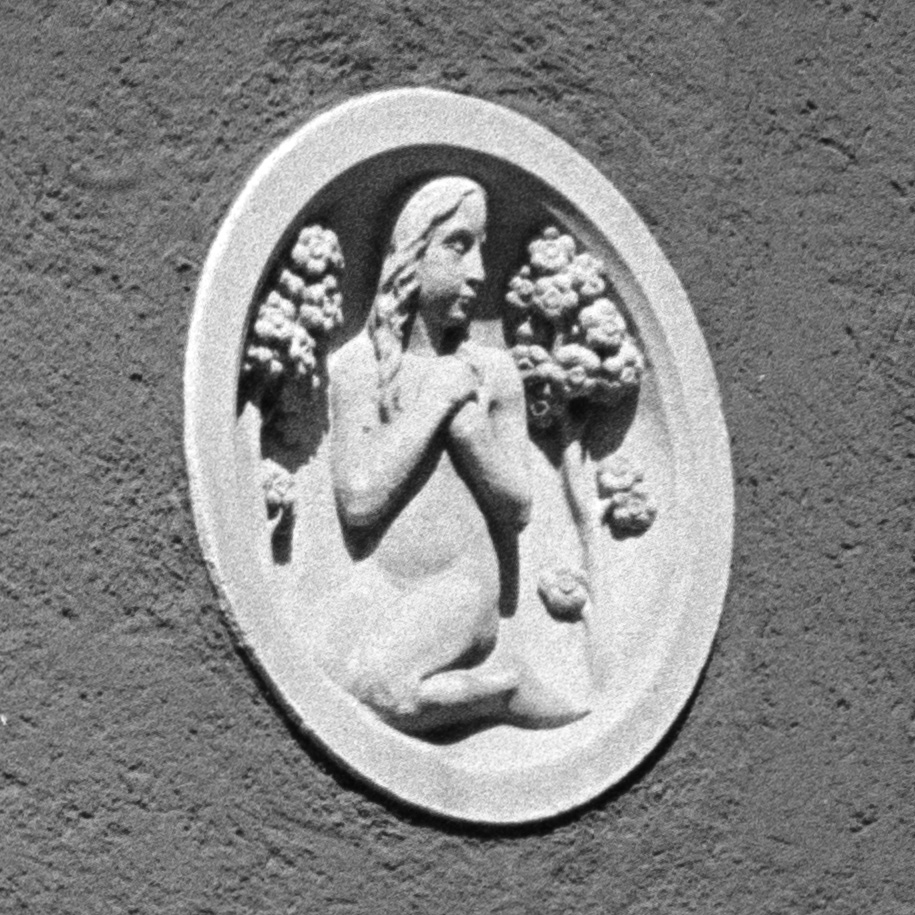
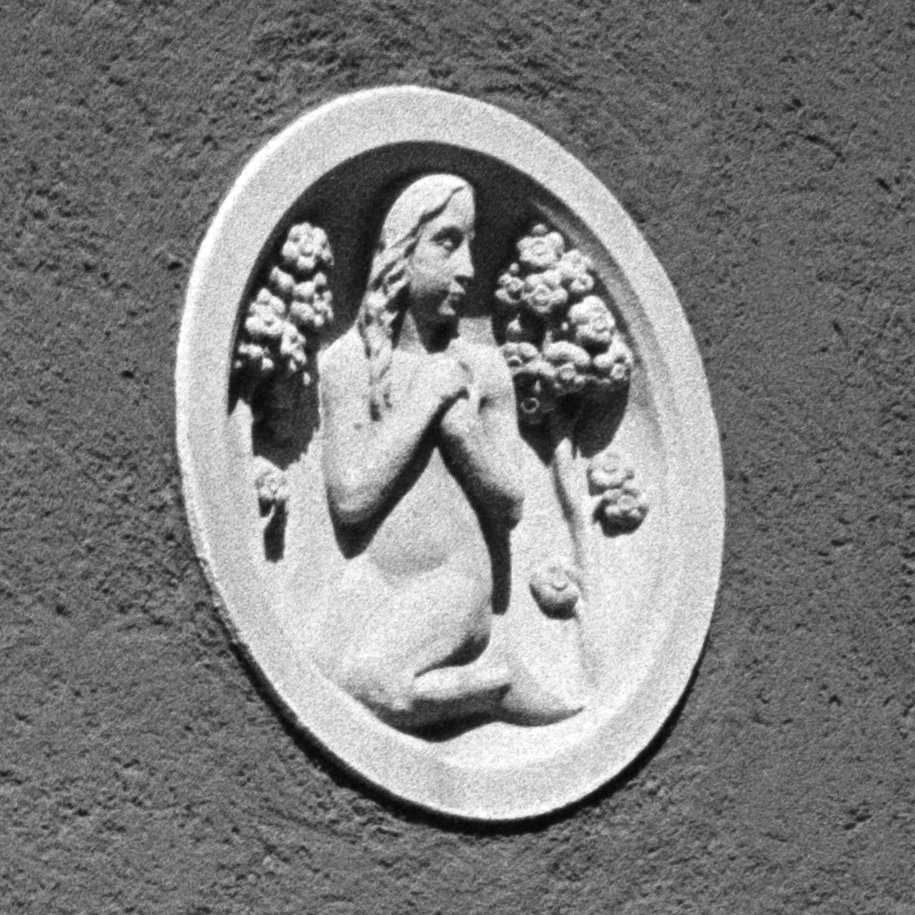
F5.6
1/1000
F8
1/1000
The situation changes when shooting towards the sun. Now the Summilux can show what a modern lens with modern coating can do. In the picture below, it shows significantly better micro contrast (check out the cobbles in the front) and also less flare. Unless otherwise noted, all shots are taken with the hoods attached.
The water reflections in the background give a slight hint at a glow around the highlights, but keep in mind that this picture was taken at f11. Curiously, I don't see much difference between the two lenses. If someone had asked me to guess, I would have probably said that the two would differ more in this regard.
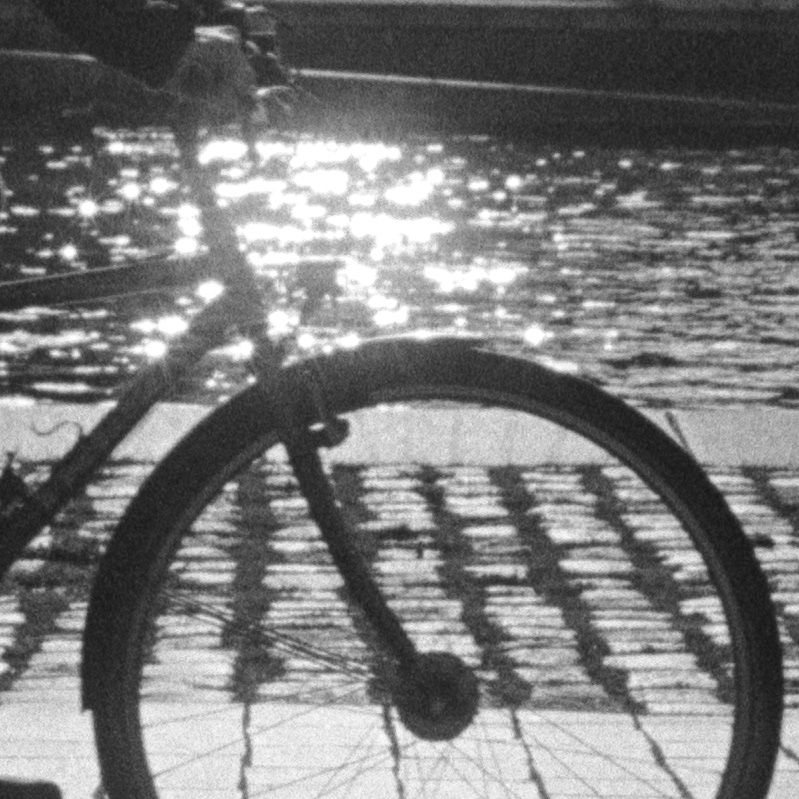
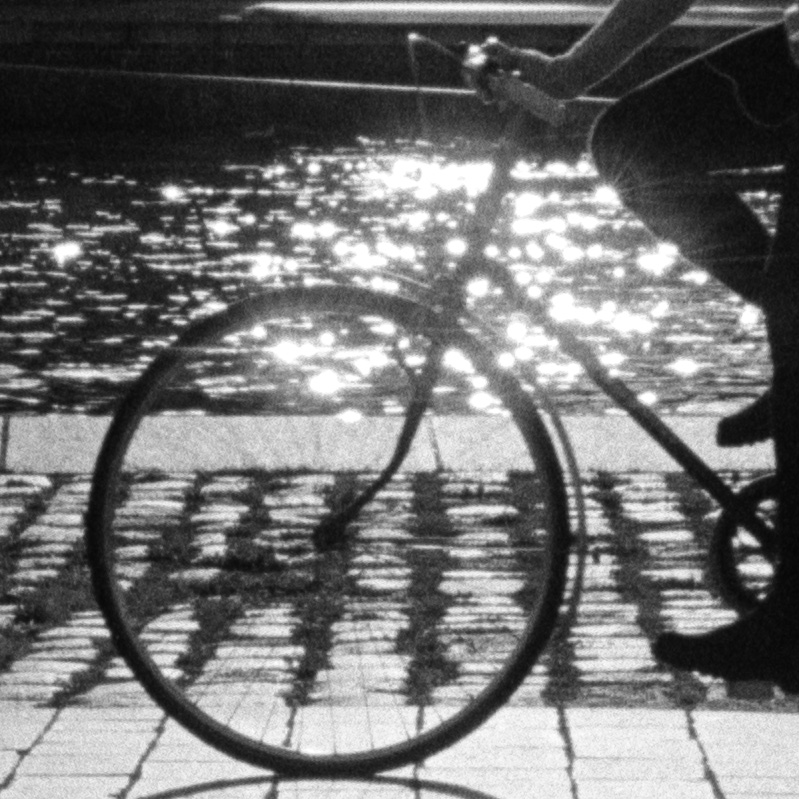
F11
1/1000
Now, of course, a maximum f-stop of 2.8 isn't perfect for background separation but in my opinion it's one of the beauties of the 35mm focal length that you can often shrink the depth of field a bit by getting closer to the subject without ruining the composition too much. In close range, the math works out in our favour: At 3m distance to your subject, getting 50cm closer will give you the same change in background blur as going from f2.8 to f2.0. In my opinion, the perspective of 35mm is pretty unique in that sense. With 28mm, you will distort significantly when getting closer, with 50mm you'll loose significant parts of the scene.
F2.8
1/1000
ND-filter
Vintage lenses show increasingly football-shaped bokeh balls towards the edges of the frame. The Summaron is no exception. The biggest eye catcher though is how the difference in out-of-focus rendering changes when going from the center to the edge. While the lights behind the flower in the center look somewhat similar for both lenses, the right edge of the frame shows a significant difference. No, the Summaron doesn't show 'magic' here. It simply looks a bit more stopped down. Turns out, this deserves a whole discussion on its own...

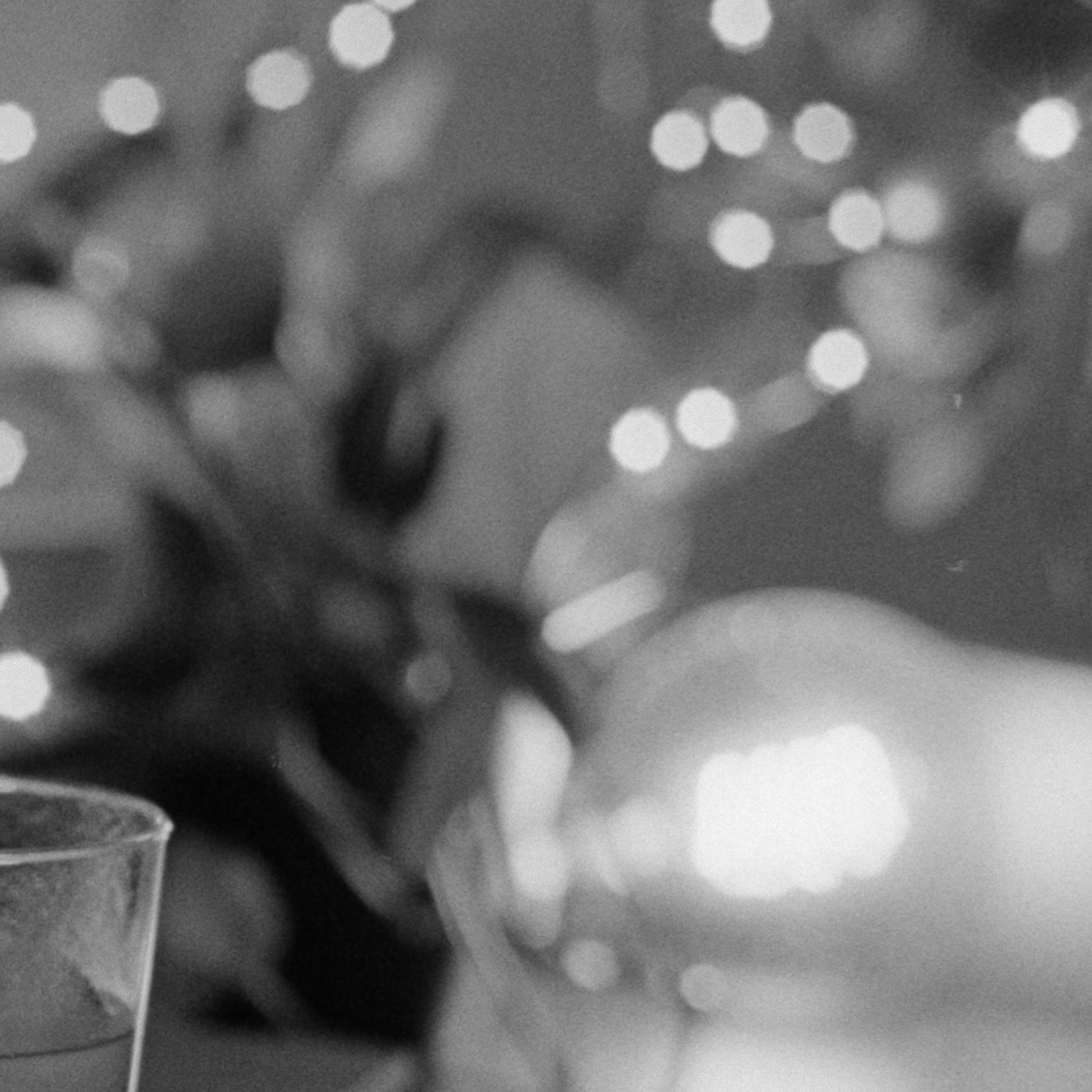
F2.8
1/15
Tripod
Towards the edges of the frame the Summaron's focal plane seems to bend back away from the camera. That means, at large apertures, off-center foreground can look more blurry than expected and off-center background can look sharper than expected. In combination, this can look like back-focussing and it made me go back to some of the places shown here to make sure I'm delivering reliable results. Both pictures below exemplify this behavior. The boat might be the better demonstration because it actually has a far-away background. Note that the area of focus in the center is equally sharp, so we're not looking at back-focusing.

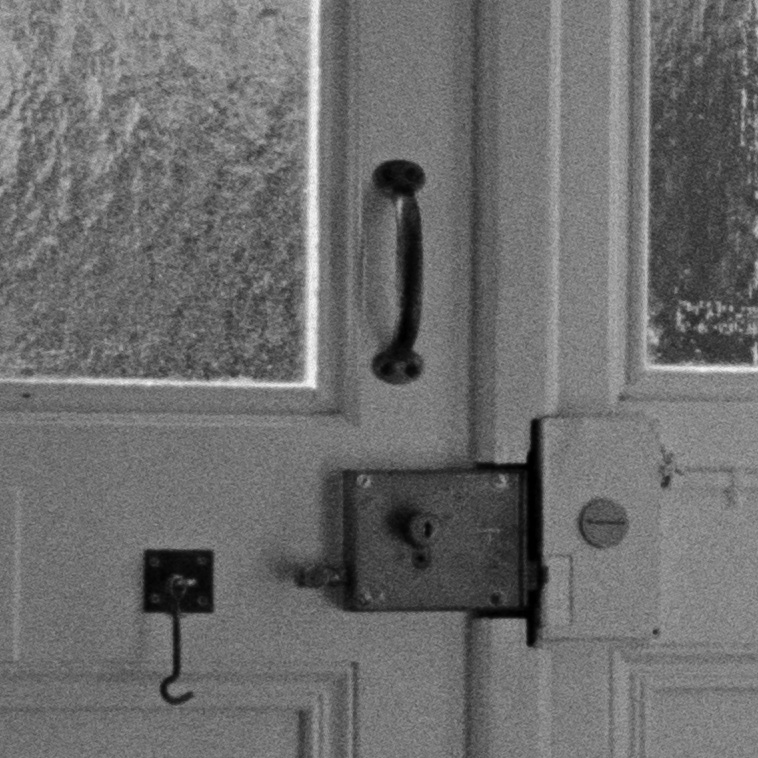
F2.8
1/60
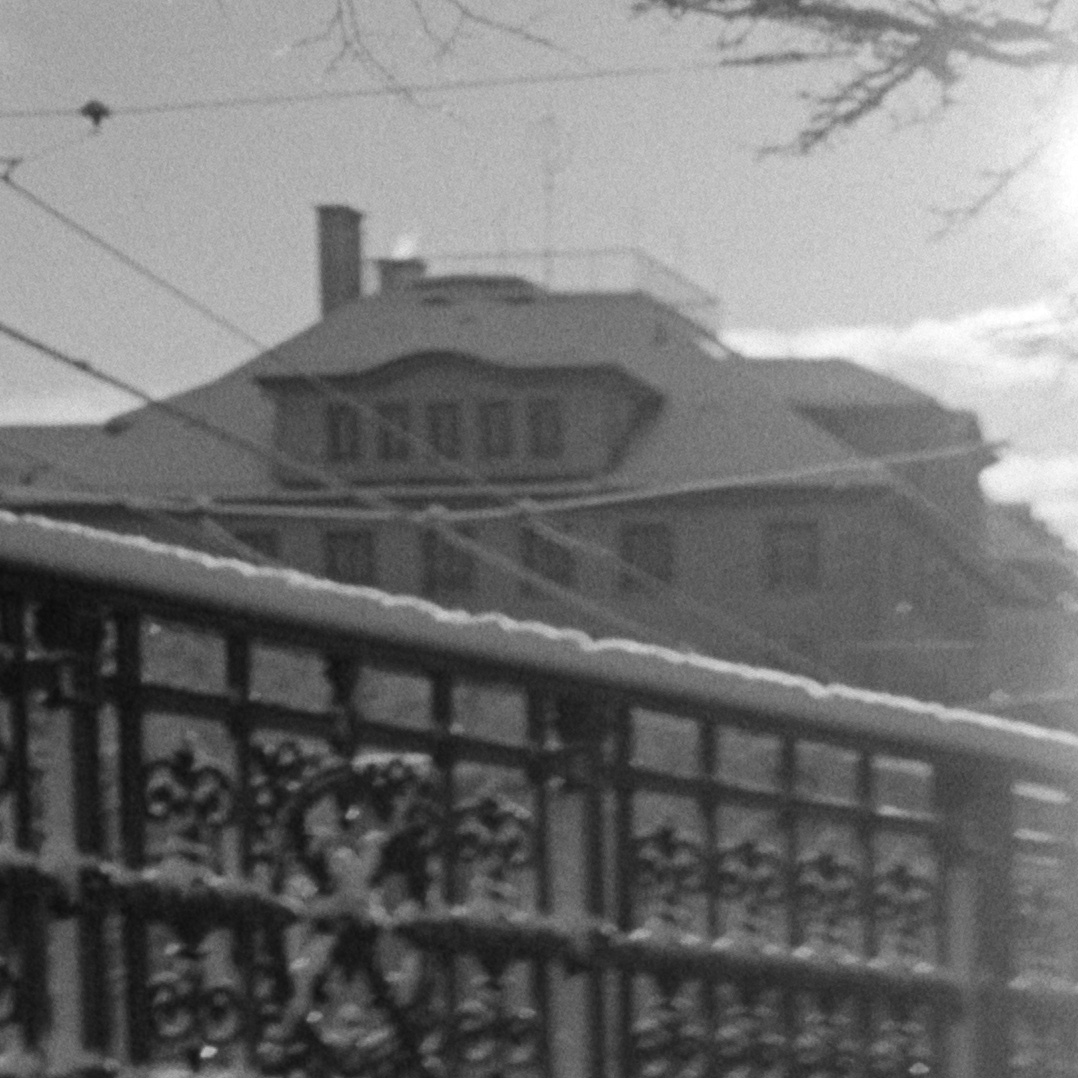
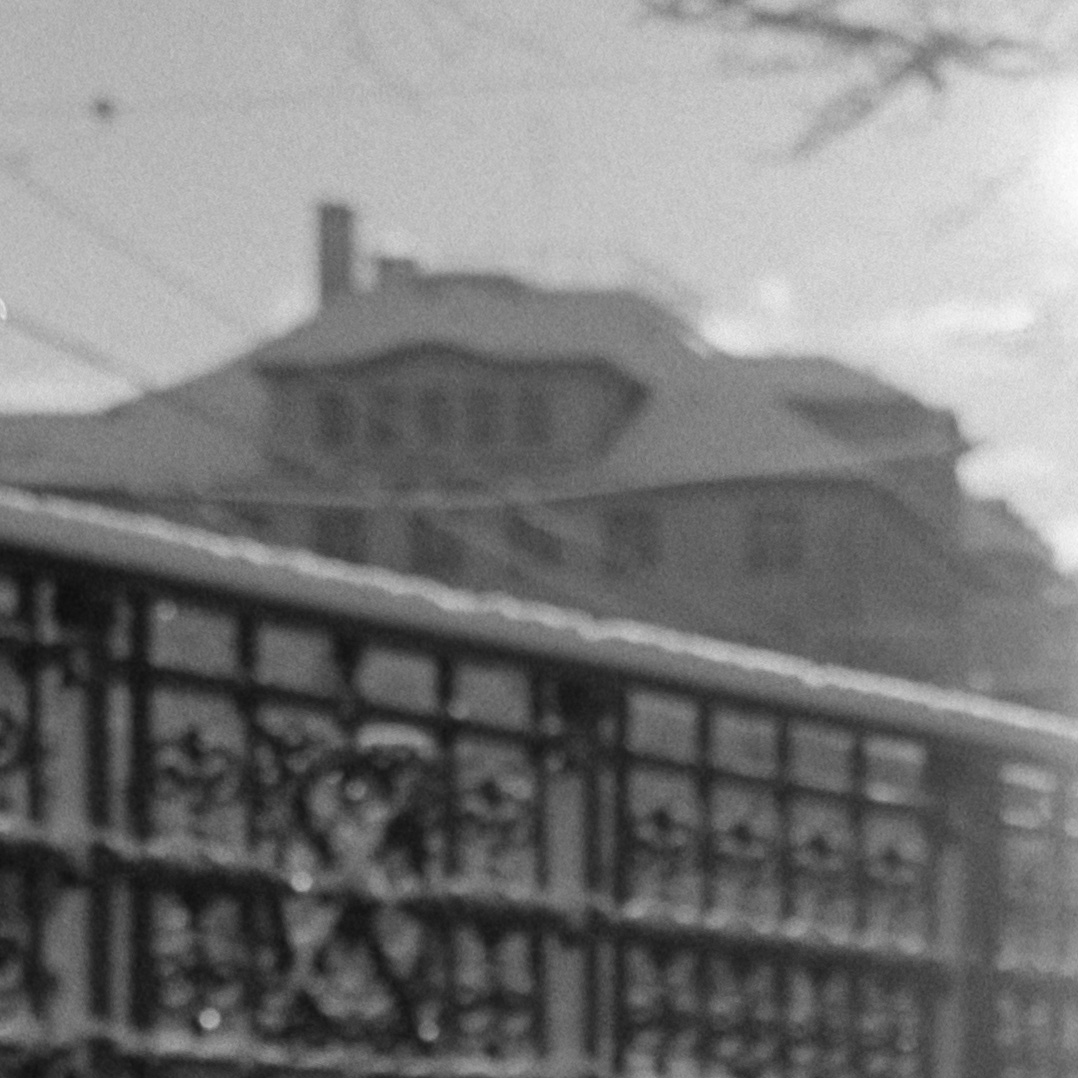
F2.8
1/500
ND-filter
Now, how much of a problem is the field curvature in practice? Two things come to my mind.
On the one hand, I've shot with the lens for more than a decade without knowing abut the field curvature (until I test) and I don't think I've been frustrated about the effect in the past.
On the other hand, let's be frank, the effect is there and if one knows, one try to factor it in. Compared to most modern lenses at the same aperture, the Summaron will be tad better at 'blurring' the foreground and quite a tad worse at 'blurring' the background. Remember, this applies only to the edges and corners of the frame but frankly, that's where foreground and background often are. In my opinion, the snow-covered boat above looks more sleepy with a more blurred background, so the Summilux wins for me. Yet for the the door scene, I prefer the more dreamy look of a blurred foreground, so the Summaron wins for me.
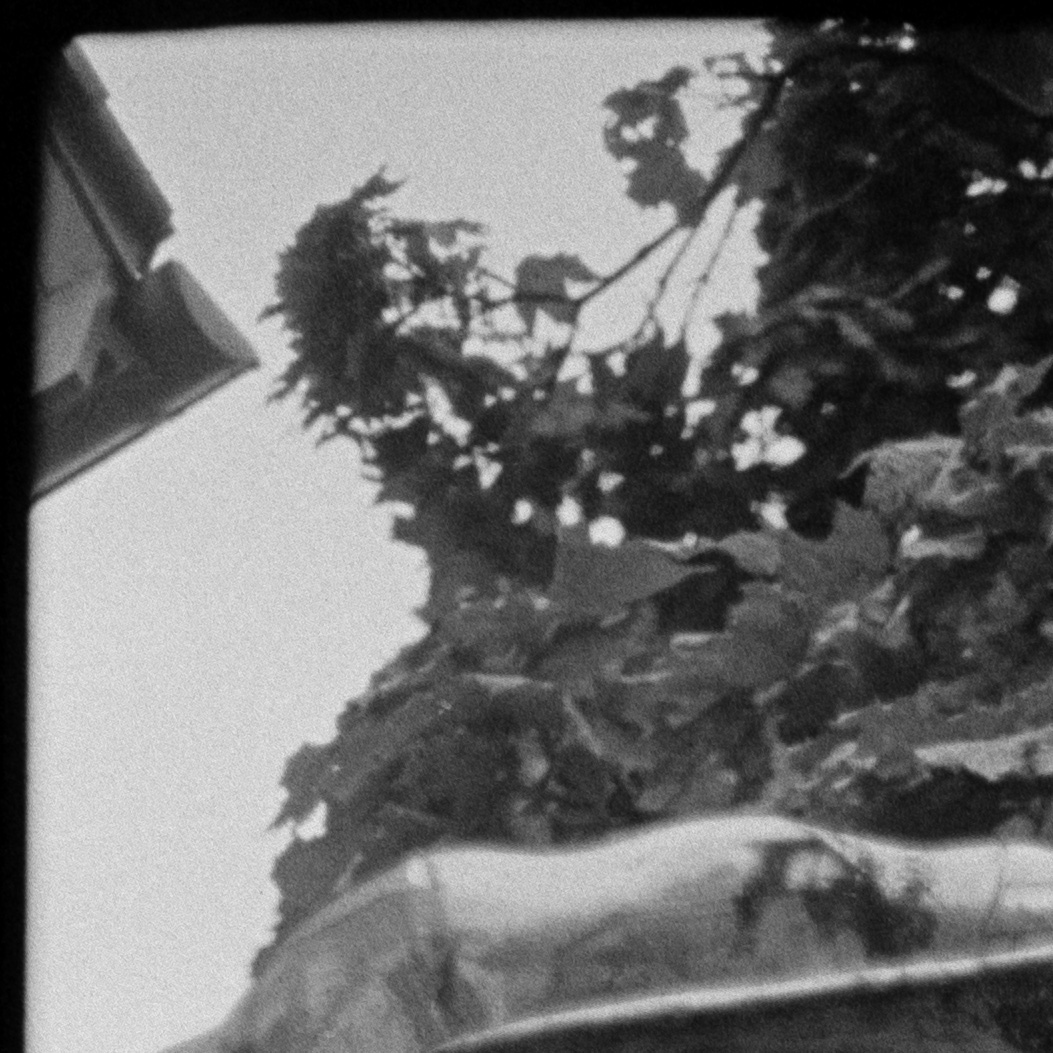
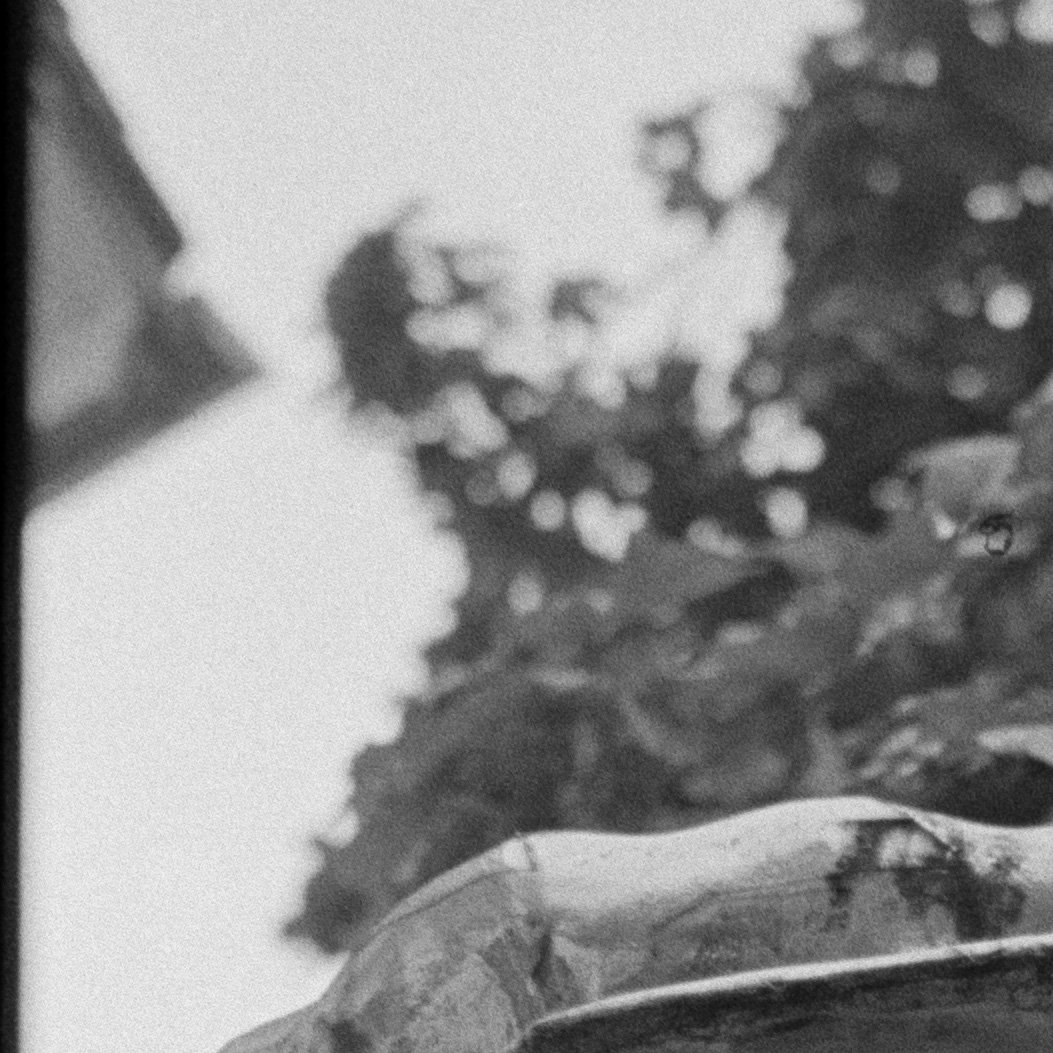
F2.8
1/1000
ND-filter
The church tower below originally caught my eye because of the dial's strong reflection. Turns out, contrast and sharpness of the dial are basically the same for the two lenses. How boring. However, the building in the top left corner exemplifies the veiling glare a bit. There's more details visible with the Summaron. The same might factor into the background of the picture of the cyclist shown at the beginning of this section.
It's tempting to argue that for the church picture, there's more contrast in the shadows. I hesitate to say that because a fair comparison would need to increase the brightness in the take with the Summilux and see how contrast compares for the same brightness level.
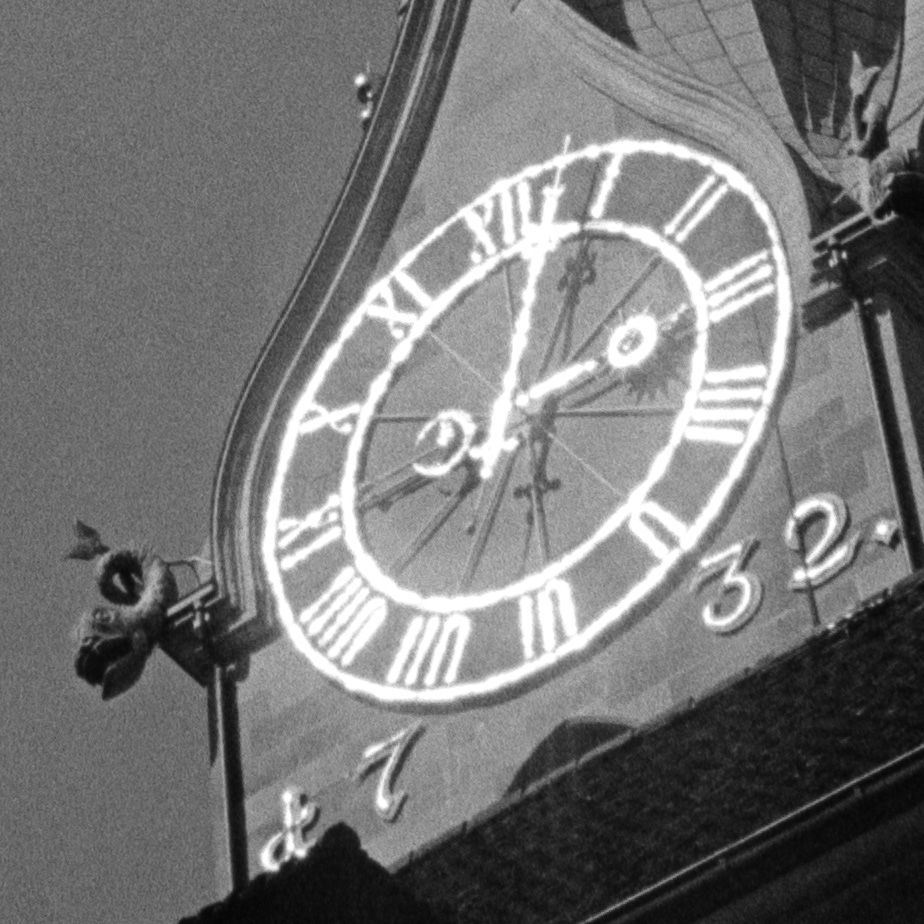
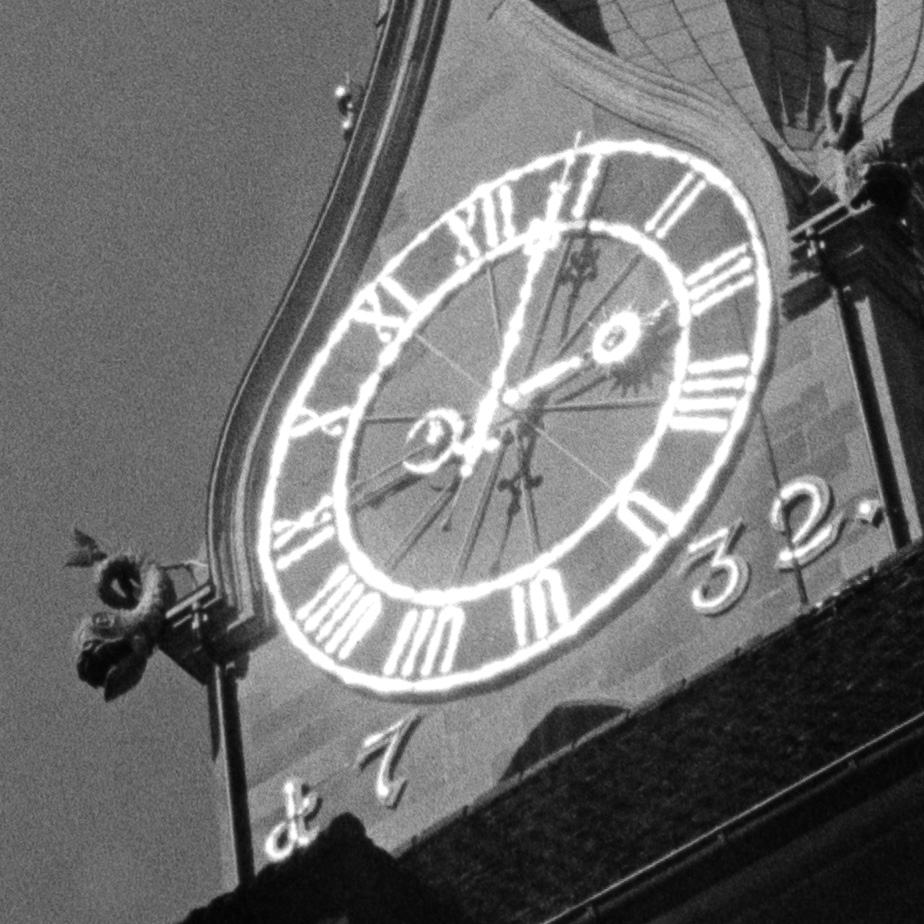
F11
1/1000
If the sky is very bright, I like to use an orange filter to not loose the sky completely. Below an example from the Alps.


F8
1/125
orange-filter
F8
1/500
orange-filter
F9
1/500
orange-filter
By the way: Straight lines stay straight. The Summaron never shows distortions that bother me, even with critical motives.
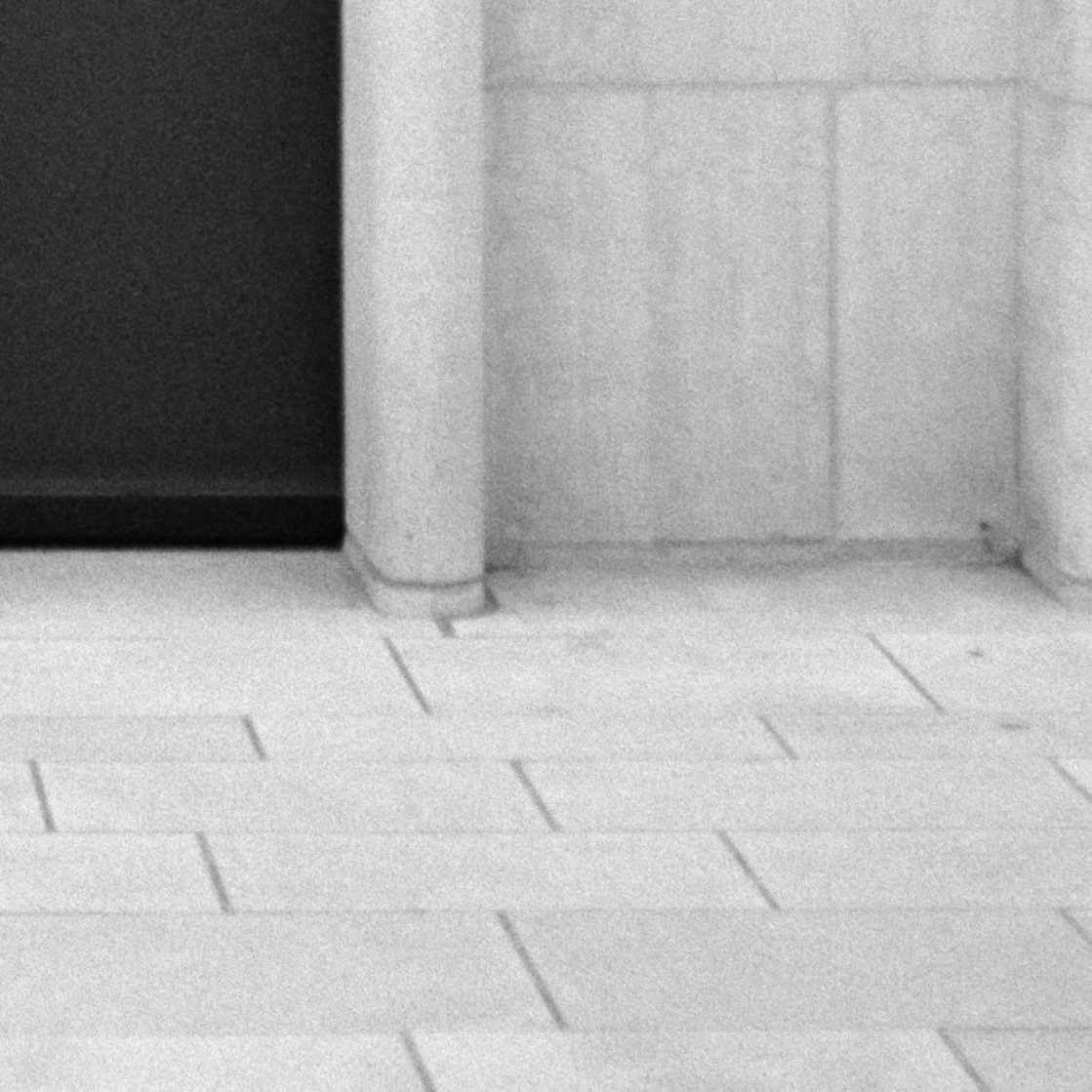

F2.8
1/30
tripod
How to use
What's to consider when shooting the Summaron?
Frankly not much. The 39mm standard filter thread is a blessing compared to other vintage lenses and the clip-on hoods will fit over (most?) filters.
Plenty of Hoods
Classic lenses tend to flare. Whether you want to avoid or provoke flare, you better know your lens and your hood. Otherwise, you'll only know when you hit the darkroom ;-)Turns out, there are at least four hoods for the Summaron.

- The 12585(H) is what I use. Pretty robust, affordable, fits the look of the lens. There's also a plastic version (12538).
- The IROOA has the same effective dimensions (with respect to shading) as the 12585 in a different construction.
- The 12504 is found on many 35mm lenses including some modern special editions. Same type of construction as the 12585 but lower profile and the metal is thinner. Watch out, many copies are dented.
- The 12526 came for example with the Summicron 35mm ASPH v1. The rectangular shape makes it a bit more compact, the cap (14043) is handy and the plastic material is probably a good bumper.
To be frank, aesthetics matter! To some :-) Use the controls below to find your favorite one...



None of the hoods shown vignetting as you can easily check with a film camera by glimpsing through the lens at the corners of the open film gate.

Will it flare?
The short answer: Most likely it won't and if it does, then not too much. Let's talk effectiveness of the hoods.First of all, with a strong light source inside the frame, the lens does not go crazy — talking stopped down here. Of course, the hood then cannot change the situation (much). Below a comparison with the Summilux.
F11
1/1000
tripod
F11
1/1000
tripod
What to buy?
The Summaron isn't just a lens for the shelf, it's a lens to be used. Compared to the Summicron v1 almost twice as many copies have been made and they are relatively easy to find in decent condition. While the prices have slowly (but significantly) gone up over the years, there's no sign of a sudden hype yet. So chances are high that you won't loose money, should you catch one any time soon.
The Summaron comes in the standard version 11306 plus three slight variations that are likely only ideal for you if you are using a particular type of camera. Finally, there's a somewhat common modification you should probably avoid.
Here are the special cases:
- If you are using an M3, the goggled version 11106 will allow you to see the full picture in the view finder (at the cost of a slightly decreased brightness). The standard version will work fine on an M3 but won't show you the full 35mm view in the finder.
- If you are using a screw mount Barnack camera, look out for 11106, the LTM/M39 version of the Summaron. Just like any Barnack camera, it will have a 1m minimum focus distance. This becomes a slight downside should you ever adapt it to an M.
- If you are frequently using screw mount and M cameras, you might be interested in the dual-mount version that comes with a special LTM-to-M adapter. On the plus side, this version focuses to 0.7m on an M though I wouldn't bet on rangefinder coupling below 1m. On the minus side, it's relatively rare and a bit more expensive. The adapter seems to be held in place with a tiny screw, so probably switching cameras in the field is not a real option.
On all other M cameras, analogue or digital, the standard version 11306 is probably your best choice. It should be noted though that the goggled M3 version is usually a tad cheaper and works — technically — just as well on any M. Yet, you'll have to live with a slightly decreased brightness in the view finder and go along with the aesthetics of the goggles.
Whether you are using a screw mount Barnack camera or an M camera...
- Probably don't get a copy that focuses to 0.65m and does not have goggles. Those lenses originally came with goggles but had them removed. Unless major work on the lens has been done, it will not focus correctly through the range finder except at infinity.
Conclusion
Back to the original idea of this series. I hope looking at some Summaron shots with a modern reference gave a bit of an impression of what the lens can do and cannot do. In that spirit, I don't think an objective conclusion should be made.Yet after looking that closely at the Summaron, I have tried to distill what makes the difference for me personally. If I had to boil it down to once sentence:
The Summaron is a quite classy, yet extremely convenient lens.
By classy I mean the barrel design, the dense construction, the chromed brass and of course a classy rendering white open.
Yet it's convenient in so many ways:
- Cost: It's easy to find a good copy, it's comparatively cheap, and knowing it's not worth 4K makes me bring it anywhere...
- Ease of use: It focusses to 0.7m, takes 39mm filters and has plenty of hood options.
- Look: Choose between moderately classy wide open and sharp stopped down. It's not otherworldly dreamy but at the same time, you don't get much flare, contrast loss or distortions.
- Ergonomics: It's so small, focussing is so smooth and the infinity lock is addictive.
- Down to earth: Not rare, not hyped, not radioactive.
- Wide open at larger focus distances, you will loose sharpness and contrast. If you want a sharp image in dim conditions, a modern lens is better suited.
- Field curvature can cost you one to two stops of 'perceived' out-of-focus rendering in the extreme corners/edges. For the typical portrait situation that isn't ideal. However, the center rendering usually gives a very pleasing, quite gentle level of sharpness and contrast for that purpose.
If you haven't done so yet, try guessing which is which in the Look section.
Stay tuned for the next article
If you enjoyed this closer look and want to get notified when the next article is released, you can subscribe to the a closer look or follow the RSS Feed.Last but not least, I greatly appreciate any feedback, be it on the Summaron, the format of this review, or the next thing to take a closer look at. Don't hesitate to shoot me an email at moc.wol8f@olf or message me on Instagram.
For more technical details, also check out the FAQ page.
































